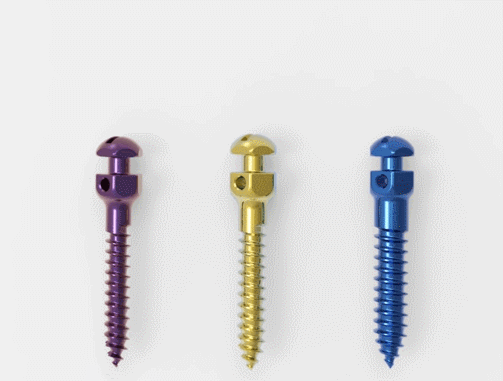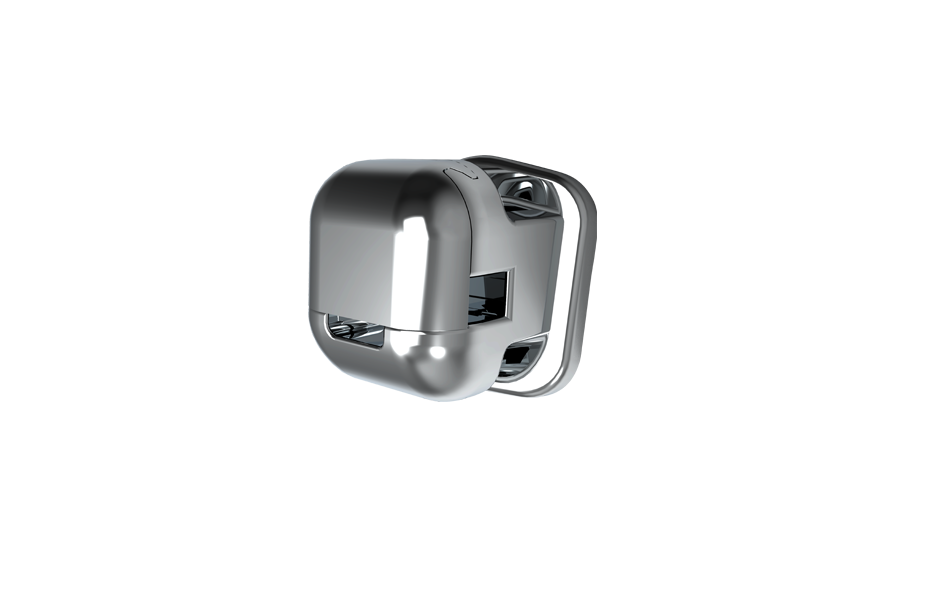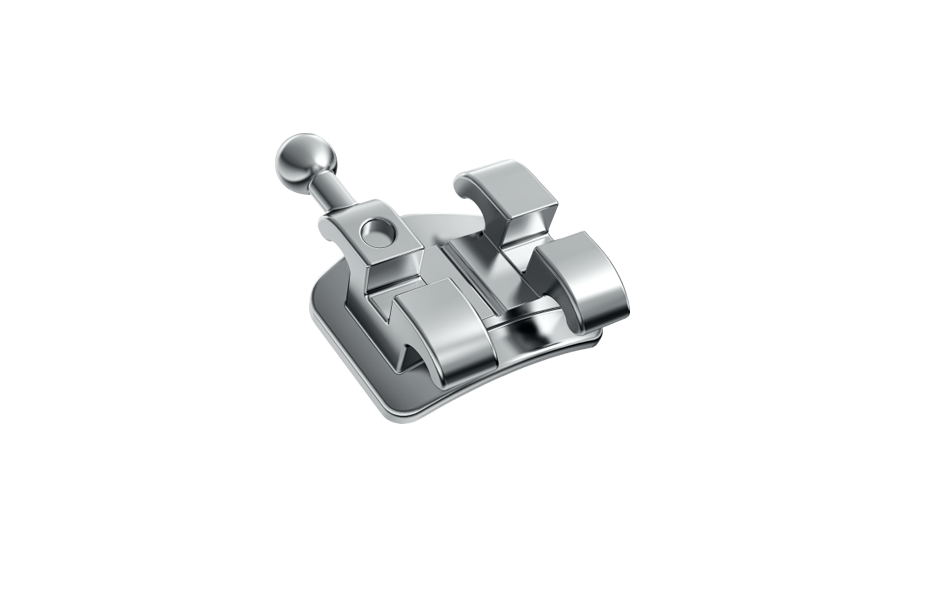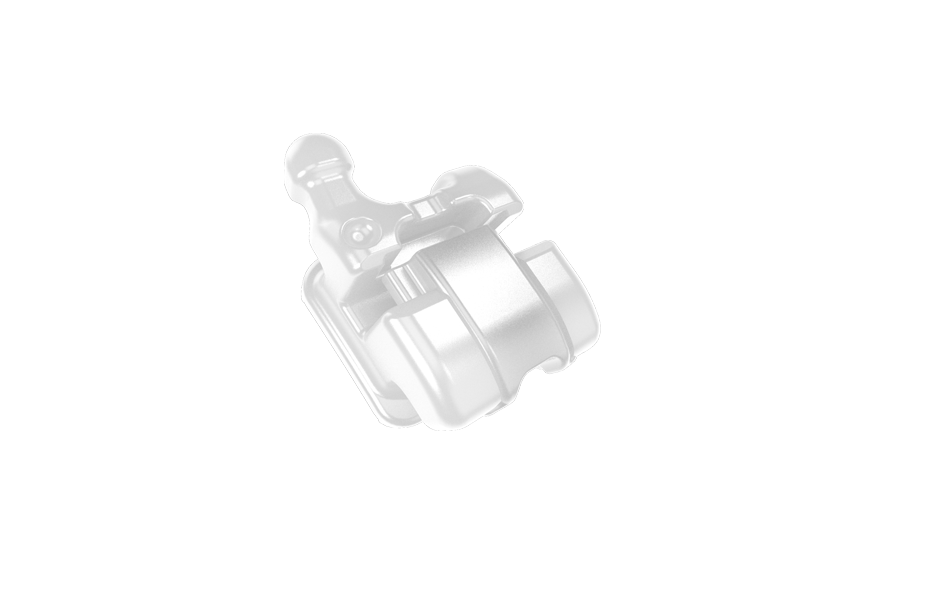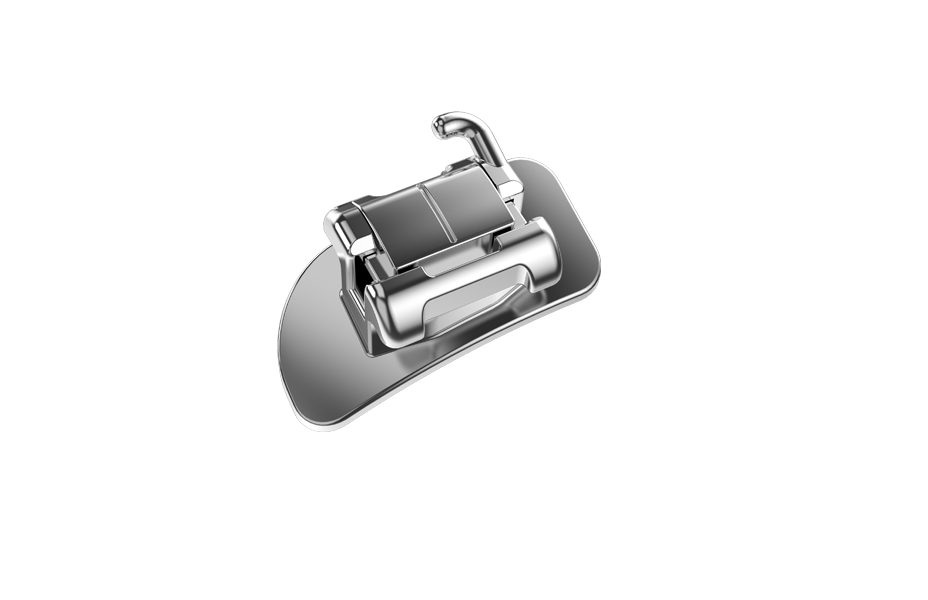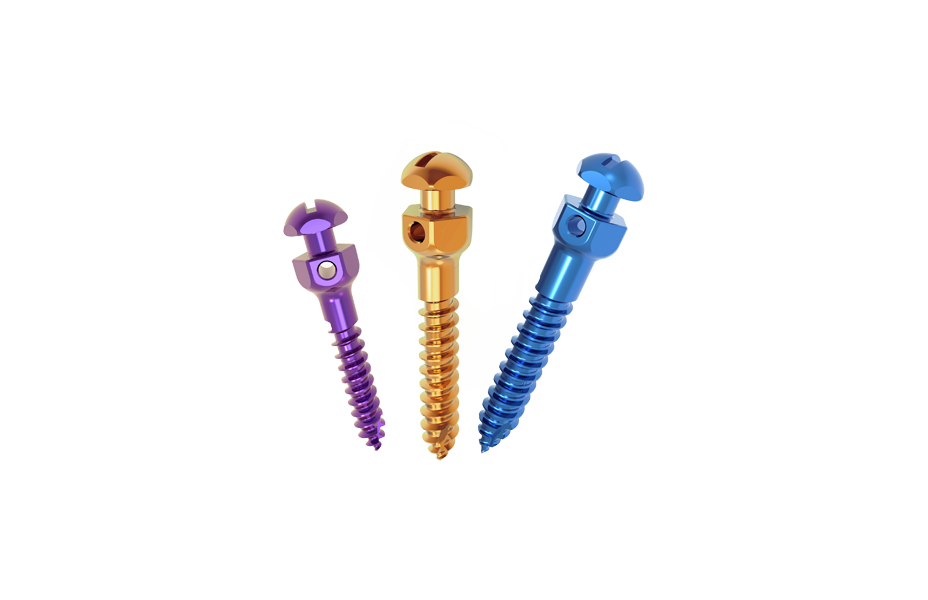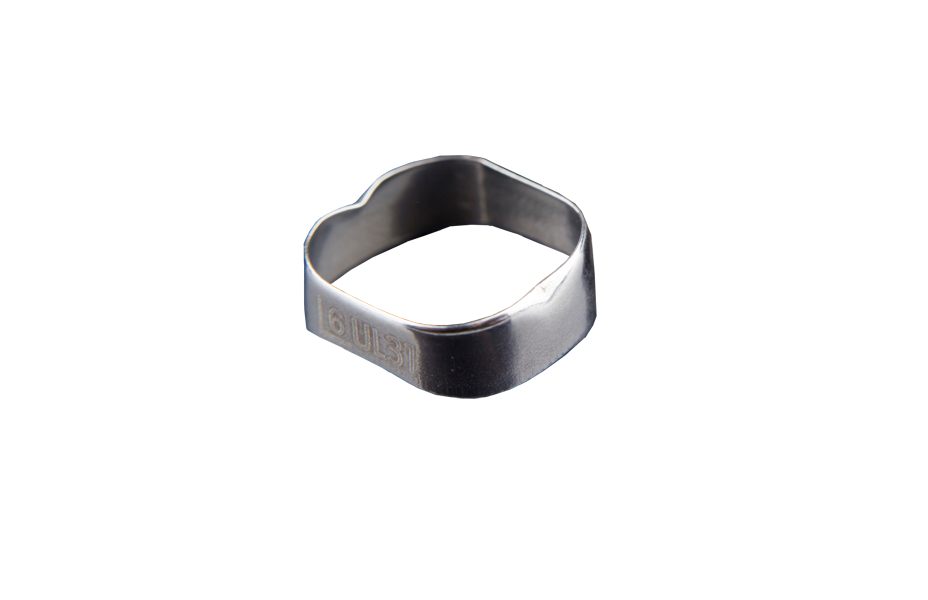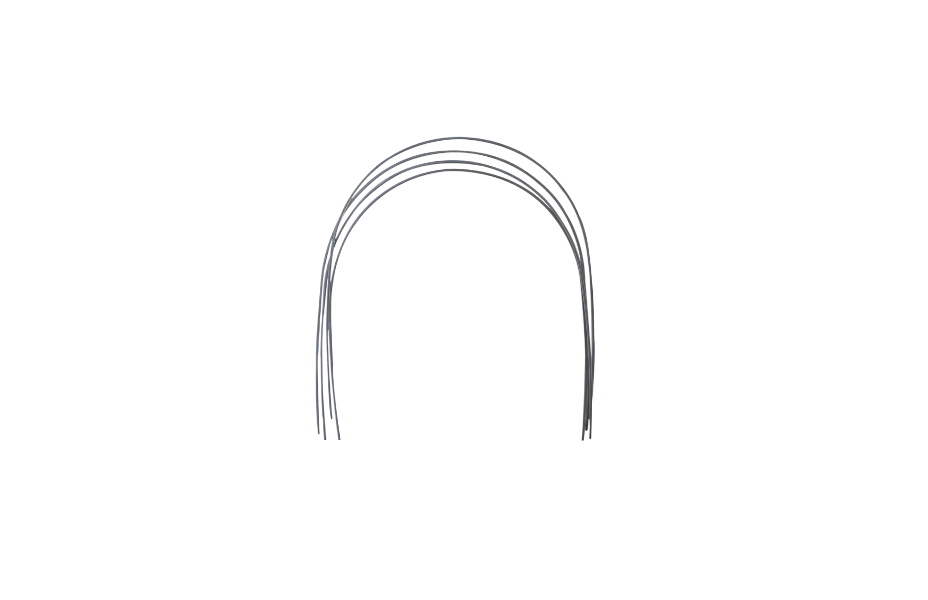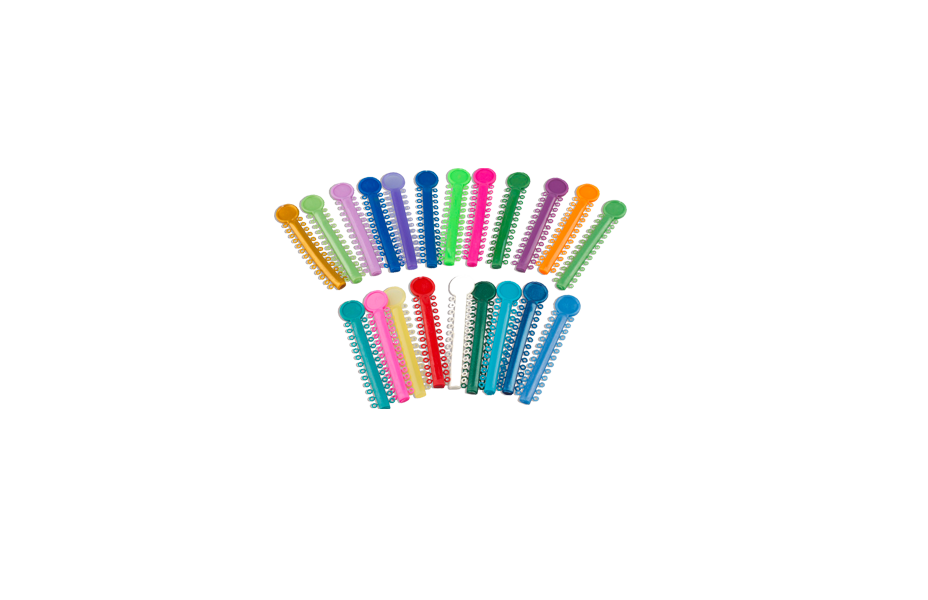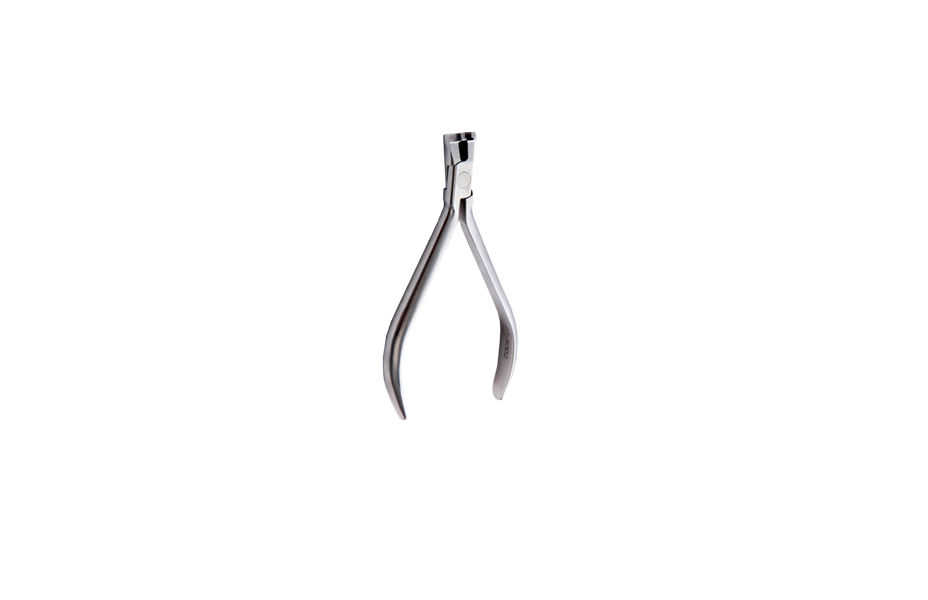Why Do You Need Teeth Straightening with Orthodontic Screws?
In reality, screws are helpful tools for orthodontic treatment, and there's no need to fear them.
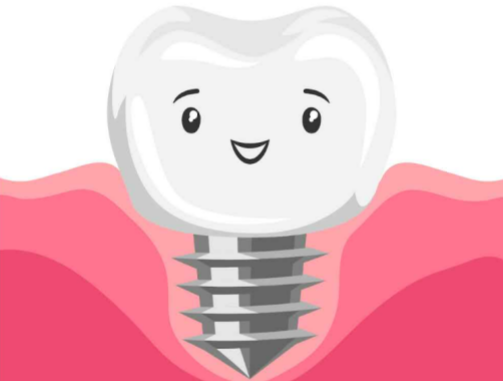
Orthodontic Screws(MIA/implant), known as microimplants or support anchors, can be thought of as tools or devices used to act as a fixed point for orthodontic forces. In conventional orthodontic treatments, such as braces, the point of force application is usually other sturdy teeth. These teeth provide the anchorage for pulling the teeth that need to be moved into their desired positions.
Screws, on the other hand, can be secured into the bone, offering absolute anchorage. They are especially useful when dealing with teeth that are not evenly spaced. These screws are typically made of pure titanium, titanium alloy, or stainless steel, ensuring not only excellent biocompatibility but also sufficient hardness to prevent breakage during insertion.
Do All Orthodontic Treatments Require Screws?
Not everyone undergoing orthodontic treatment needs screws. They are recommended in cases such as:
For patients with protruding front teeth, screws can help move these teeth back into their proper positions, significantly improving facial aesthetics.
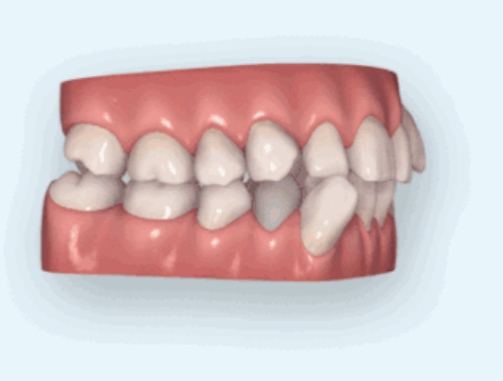
In situations where back teeth are frequently emerging incorrectly, resulting in midline control difficulties, screws can be used to maintain stability or to upright tipped-back molars.
Not everyone requires screws, as treatment plans are customized based on individual needs.
Seven Things to Know About Screws:
a. Material and Allergies: Screws are primarily made of stainless steel or alloy, which undergoes biocompatibility testing before clinical use. This makes allergic reactions unlikely.
b. Safety: The process of inserting screws involves disinfection, local anesthesia, and screw implantation, making it a safe procedure.
c. Pain: The procedure is performed under local anesthesia, ensuring minimal discomfort during insertion. Post-procedure, patients might experience mild local pain or discomfort, which can be managed with pain relievers. Usually, full recovery occurs within about three days.
d. Placement: Screws are positioned between two teeth without contacting the tooth roots, and their specific placement depends on individual treatment plans.
e. Care and Maintenance: Regular oral hygiene practices should include gentle cleaning of screws to remove food debris and plaque. Avoid using vibrating toothbrushes as they may loosen the screws.
f. Loosening: Screws can occasionally become loose, mainly due to inadequate cleaning. If this happens, the screws should be removed, disinfected, and repositioned after the surrounding bone has healed.
g. Healing: After screws are removed, the small wound typically heals within three to five days.
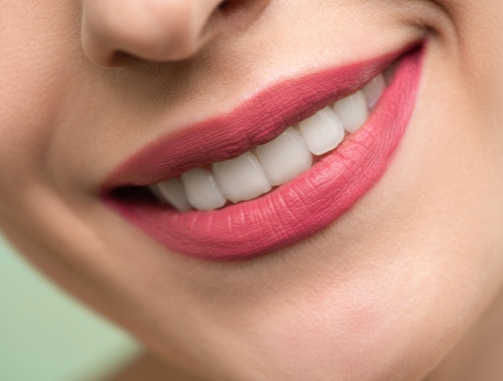
With this information, you can approach orthodontic treatments involving screws with confidence, knowing that they are not as daunting as they may seem. Screws are valuable tools that can help create beautiful smiles.
